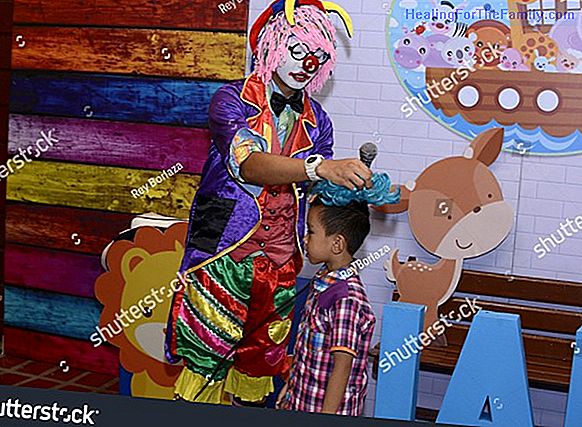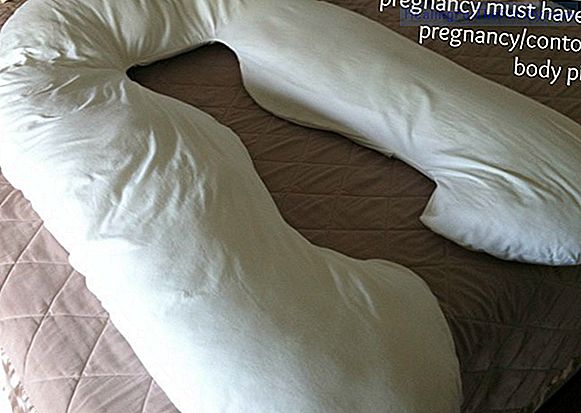Allergy to dust in children
Domestic dust is present in almost all environments in which we live. Children can come into contact with this dust at home, at school, in department stores and inhale without realizing it. Just 2 milligrams of mites per gram of powder are enough to sensitize an allergic child, and 10 milligrams per
Domestic dust is present in almost all environments in which we live. Children can come into contact with this dust at home, at school, in department stores and inhale without realizing it. Just 2 milligrams of mites per gram of powder are enough to sensitize an allergic child, and 10 milligrams per gram of dust can cause an asthma attack.
What are dust mites?

Dust allergy in children is caused by house dust mites que, which are microscopic animals, invisible to the naked eye, that feed mainly on human and pet dander. and identified asDermatophagoides pteronyssinusandDermatophagoides farinaeare the species that most proliferate in any home.However, more than the mites themselves, it is their feces, shells and corpses that cause allergic reactions in children and adults, which means that even after eradicating them, they can temporarily persist symptoms.
How dust mite allergy affects children
Dust mite allergy is especially annoying because
its symptoms are maintained throughout the year . Unlike seasonal allergies such as allergy to pollen, which in most cases have symptoms a maximum of 60 to 90 days a year, dust is an allergen that is present in different environments throughout the year and, for this reason, its symptoms bother children continuously.In fact, among allergies,
contrasts the high frequency of dust allergy , which is even greater than that of pollen, because 20% of respiratory allergies in Europe are caused by house dust mites.At present, allergies to house dust mites are the leading cause of respiratory allergy in European children and, if not adequately controlled, can negatively affect their social relationships and their development.
Allergy to mites is very important in children, because it affects both their home and school life.
At home, your room should be decorated following the environmental regulations that must be adopted to reduce your exposure to mites. Children with mite allergies should not have carpets or stuffed animals in their bedroom because they trap more dust than smooth surfaces and, in general, their room should have few toys. These children should not frequent places or homes with a high exposure to domestic dust and that have a high content of mites. At school, for the duration of symptoms,
children can see their normal attention status altered ya, since this symptomatology causes drowsiness and even hearing loss, which prevents them from leading a normal school life like other children .
Regarding the psychological consequences of dust allergy, the Qualitative European survey on dust mite allergy,carried out by Stallergenes in Spain, France, Germany and Italy points out that feelings of guilt, anxiety , discomfort, irritability, incomprehension, surrender and submission are the psychological symptoms of the disease in front of which the children do not know how to react.
Treatment of allergies to dust mites for children The diagnosis and treatment of the disease in its early stages improves its evolution. Immunotherapy with allergens, ie vaccines, is the treatment of choice in the case of allergy to house dust mites for both children and adults.Marisol Nuevo.
Guiainfantil.com












